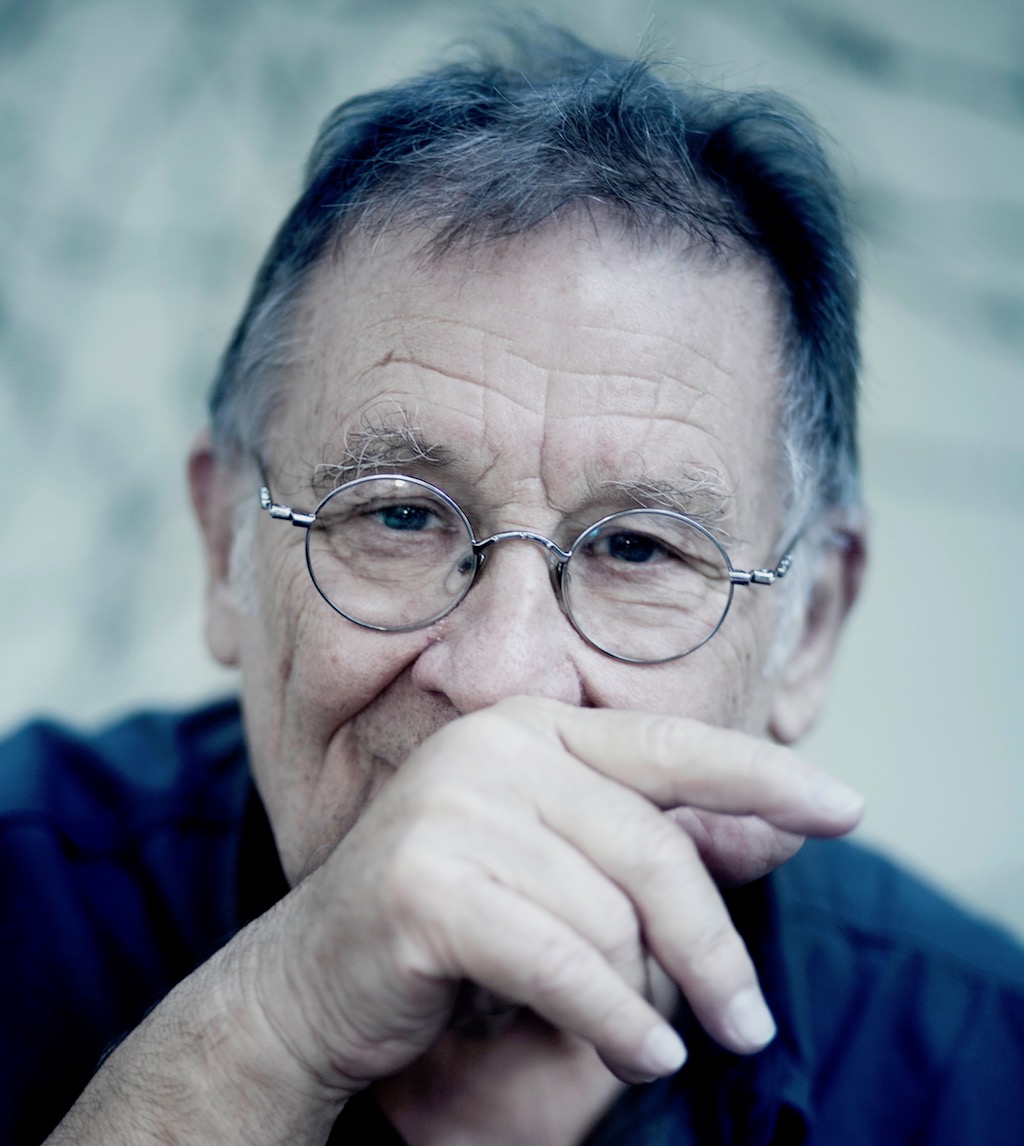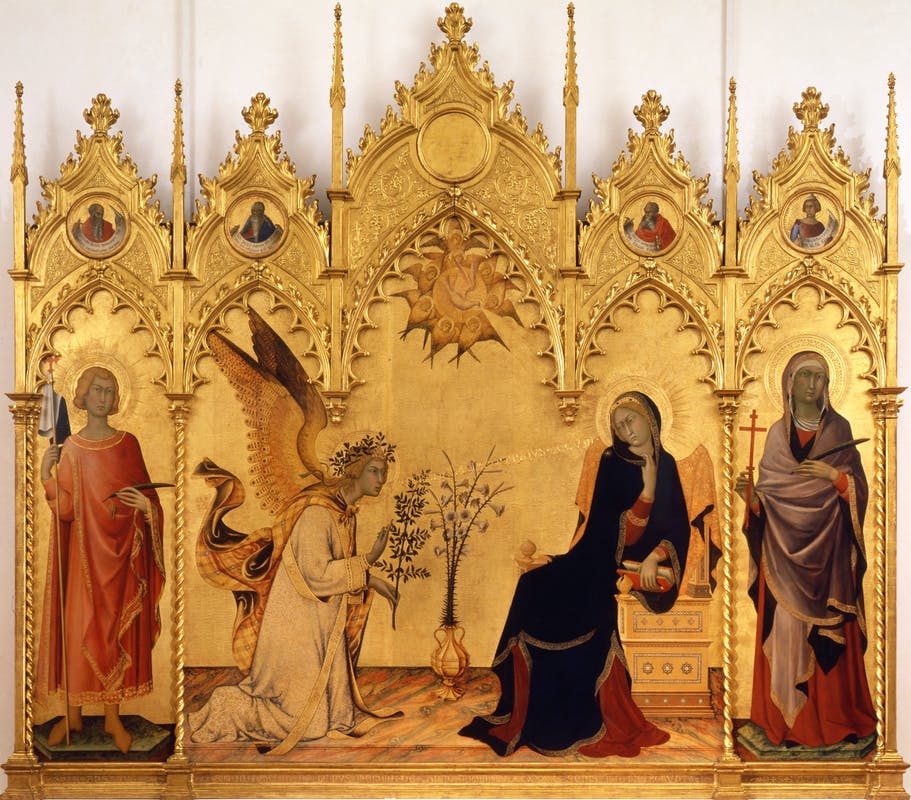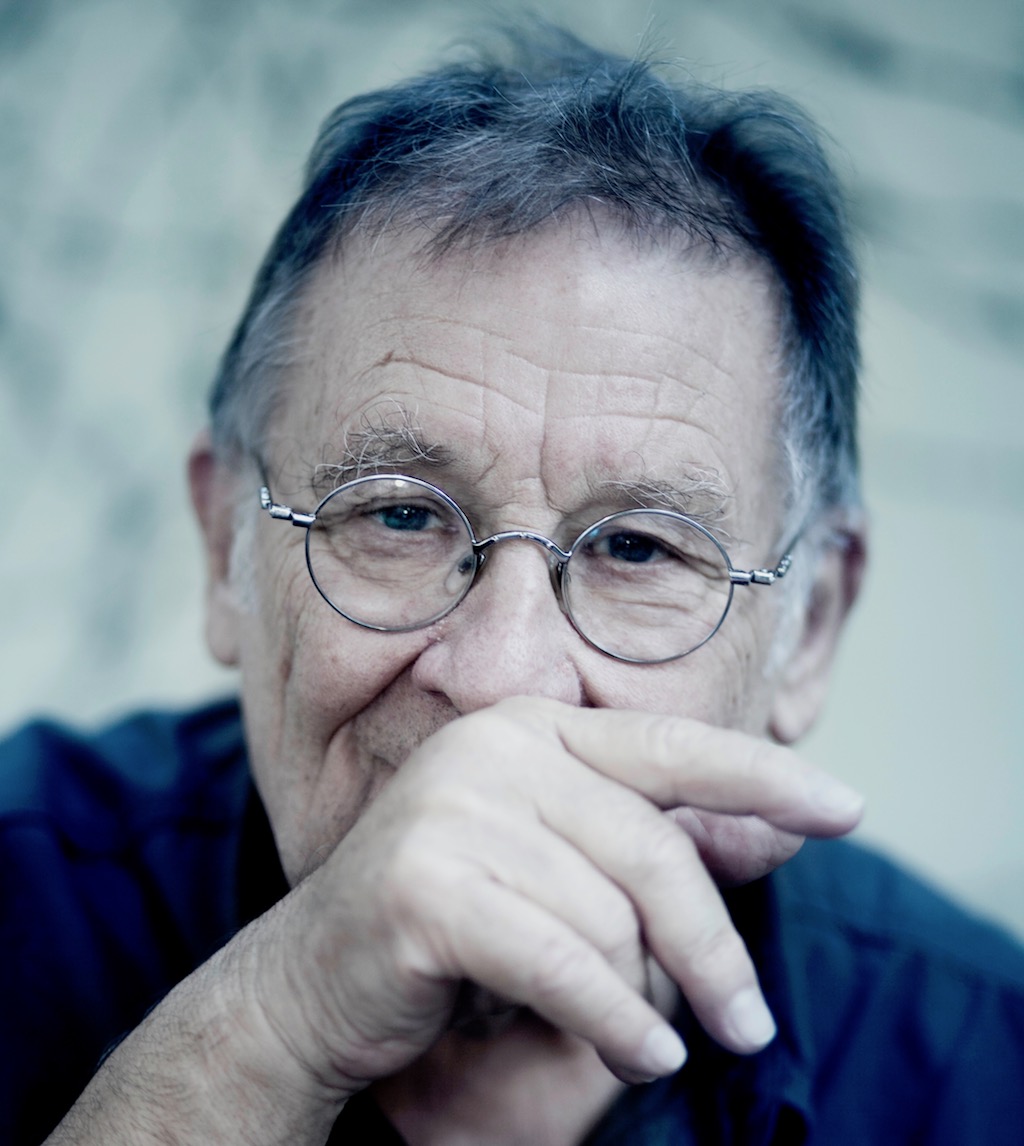[ad_1]

Irmin Schmidt.
DIANE ZILLMER
“Muses” is a column for which creators from different disciplines reveal sources of artistic inspiration and instigation.
Irmin Schmidt was a member of the formidable German art-rock band Can, which in the 1960s and ’70s established an experimental sound that drew on avant-garde electronic music and propulsive rock rhythms in one of the most distinctive discographies of the 20th century. (Albums like Tago Mago, Ege Bamyasi, and Future Days—released successively between 1971 and 1973—are essential listens.) The group is the subject of All Gates Open: The Story Of Can, a new book by Rob Young in collaboration with Schmidt himself. And Schmidt recently released 5 Klavierstücke, a new album of solo piano compositions drawing in part on prepared-piano sounds and ambient environmental recordings from the south of France. In a press release for the album, Schmidt said, “The tracks are spontaneous meditations, only played once and recorded simultaneously—no edits or corrections. They are formed from an emotional memory in which Schubert, Cage, Japan (Gagaku), and Can are equally present.” For “Muses,” Schmidt told ARTnews about artists and works he likes from periods dating back to centuries ago. —Andy Battaglia
Simone Martini & Lippo Memmi
There is a wonderful picture from 1333, Annunciation with St. Margaret and St. Ansanus, in the Uffizi. It’s one of the most beautiful things ever painted. Its golden background creates a kind of aerial space, which is absolutely wonderful. And it’s breathing, moving so elegantly—it’s music. I’m a musician, so I’m not very good at talking about pictures, but I take inspiration more from art than from listening to other music. When I’m standing in front of a picture like the Annunciation it’s very emotional. It has a golden background—the space is golden—that makes a picture from the 14th century so actual, so contemporary, to me. That’s how I see paintings: every new one changes the old and makes it live in our own time. What’s exciting is that the space becomes real. If you take Piero della Francesca’s The Flagellation of Christ, this mysterious picture with two different spaces—like in a split screen—it fills you like a drum solo.

Simone Martini & Lippo Memmi, Annunciation with St. Margaret and St. Ansanus, 1333.
COURTESY THE UFFIZI
Giovanni Battista Tiepolo
His Frescoes in the Würzburg Residenz (1751-53) in a German castle are the most fantastic narration ever created in painting. The color is absolutely breathtaking and, on four walls, they try to tell the story of Europe, Africa, Asia, and America through the eyes of somebody in the middle of the 18th century. It’s an unbelievable fantasy and, in a modern sense, it’s like the birth of comics, with a whole story told in four parts. The narration is something new at the time—and still new for us. Tiepolo is incredibly mysterious. For all the painters in my list, there is a mystery that keeps on being enigmatic through the centuries.
Luis Meléndez
He painted these incredible realistic still lifes of fruits and objects—fruits, especially, and veggies. They have all these wonderful colors—he was a great colorist—but beside that they have a kind of strange monumentality. It’s the same as Velázquez: each fruit and each object is an entity, like a living organism. It’s such incredible realism that it becomes mysterious again.

Luis Meléndez, The Afternoon Meal (La Merienda), ca. 1772.
COURTESY THE METROPOLITAN MUSEUM OF ART
Alberto Giacometti
When I was about 17 or 18, in 1955 or ’56, I saw Giacometti for the first time at an exhibition in Germany. I was so—how do you say?—enchanted. There was like a spell. Every day after school I sat in front of these strange, thin, magic figures and watched them for hours. The curator of the museum asked me if I was not well and what was going on with me. This fascination I never lost. They are in a different space, which you can’t reach. It’s far away. At the same time, they’re incredibly there—here. They are there and they are not there. It’s one of the biggest mysteries created by an artist in the 20th century.

Can, around 1977. From left to right, Jaki Liebezeit, Holger Czukay, Irmin Schmidt, Michael Karoli.
COURTESY MUTE
Lovis Corinth
The way I started to get into modern art was through Lovis Corinth and German Expressionism. In a way he was the first real Expressionist, at the end of the 19th and beginning of 20th century. That was my way in, through Corinth and Ernst Ludwig Kirchner and Max Beckmann. They are very mysterious, strange, and have an incredible power. They really are like rock music. They’re aggressive. There is a wonderful collection of poems by the French poet René Char called Fureur et mystère, which means “fury and mystery.” You could say that for them: fury and mystery.
Lucian Freud
I adore Lucian Freud and his nudes—fat and ugly and beautiful at the same time. And compact and fragile at the same time. Never before had somebody painted naked people in such pitiless and tender form. There’s so much love, but also so much distance. The paintings are full of antagonisms that make them strange and living. He has a very cruel view but also an incredibly loving one, which makes him one of the great minds.
[ad_2]
Source link

